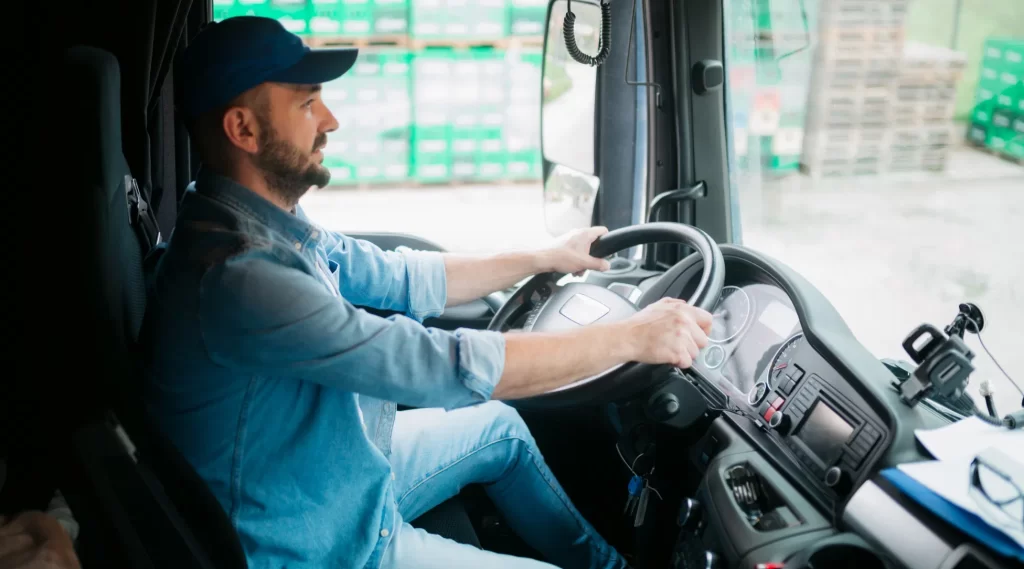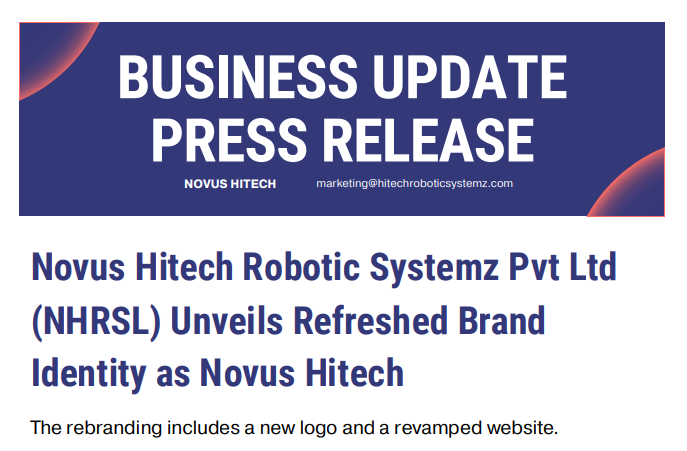Case Study
Filter by
- Factory Automation
- Warehousing
- ADAS
CASE STUDY
CASE STUDY
CASE STUDY
CASE STUDY
CASE STUDY
CASE STUDY
CASE STUDY
CASE STUDY
CASE STUDY
CASE STUDY
CASE STUDY
CASE STUDY
CASE STUDY
CASE STUDY
CASE STUDY
CASE STUDY
CASE STUDY
CASE STUDY
- Factory Automation
- Warehousing
- ADAS
CASE STUDY
CASE STUDY
CASE STUDY
CASE STUDY
CASE STUDY
CASE STUDY
CASE STUDY
CASE STUDY
CASE STUDY
CASE STUDY
CASE STUDY
CASE STUDY
CASE STUDY
CASE STUDY
CASE STUDY
CASE STUDY
CASE STUDY
CASE STUDY
FAQ
Can't find the answer you're looking for ? We've shared some of our most frequently asked questions to help you out!
Industry automation refers to the use of advanced technologies and systems to automate industrial processes, increasing efficiency, productivity, and precision.
AMRs are self-navigating robots designed for industrial environments to transport goods and materials autonomously, minimizing manual intervention and enhancing operational efficiency.
AGVs are autonomous vehicles that follow pre-defined paths or markers to transport goods within industrial settings, optimizing material handling operations and improving productivity.
ABOPT, or Autonomous Battery Operated Pallet Truck, is a specialized vehicle used for intralogistics material movement. It operates autonomously, improving efficiency and streamlining material handling processes.
Factory automation involves the integration of advanced technologies, robotics, and control systems to automate manufacturing processes, reducing human effort, increasing productivity, and ensuring consistent quality.
Industry 5.0 represents the next phase of industrial revolution, combining advanced automation technologies with human skills to create a collaborative work environment that promotes innovation and efficiency.
ADAS refers to advanced technologies integrated into vehicles to enhance driver safety and improve the driving experience. These technologies include features such as collision avoidance, lane-keeping assist, and adaptive cruise control.
Artificial intelligence is a field of computer science that focuses on creating intelligent machines capable of performing tasks that typically require human intelligence, such as learning, reasoning, and problem-solving.
Machine learning is a subset of AI that involves algorithms and models that enable computers to learn and improve from data without being explicitly programmed, enhancing their ability to make accurate predictions and decisions.
Computer vision is an AI technology that enables computers to analyze, interpret, and understand visual data from images or videos, simulating human vision and enabling applications such as object recognition and image classification.
A mobile production station is a flexible and movable workspace equipped with tools, machinery, and technology, allowing for efficient and adaptable production processes in various locations.
Autonomous drive refers to the capability of a vehicle to operate and navigate without human intervention. It relies on advanced sensors, AI algorithms, and computer systems to make real-time decisions and ensure safe navigation.
Autonomous vehicles are vehicles equipped with advanced AI, sensors, and navigation systems that can operate without human input. They have the potential to revolutionize transportation by improving safety and efficiency.
Smart mobility encompasses the integration of advanced technologies, data analytics, and sustainable transportation solutions to create efficient, accessible, and environmentally friendly transportation systems.
Future mobility refers to the transformative changes and innovations expected in the field of transportation. It includes advancements in autonomous vehicles, electric mobility, connected infrastructure, and shared mobility solutions.
Industry automation can improve productivity, efficiency, product quality, and safety while reducing costs and human errors in manufacturing and operational processes.
AMRs and AGVs can increase efficiency, optimize material handling, reduce manual labor, improve safety, and enhance overall productivity in warehouses and factories.






















